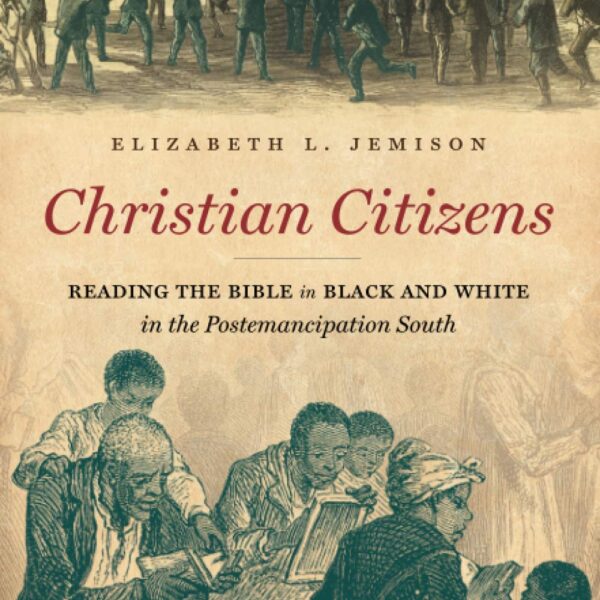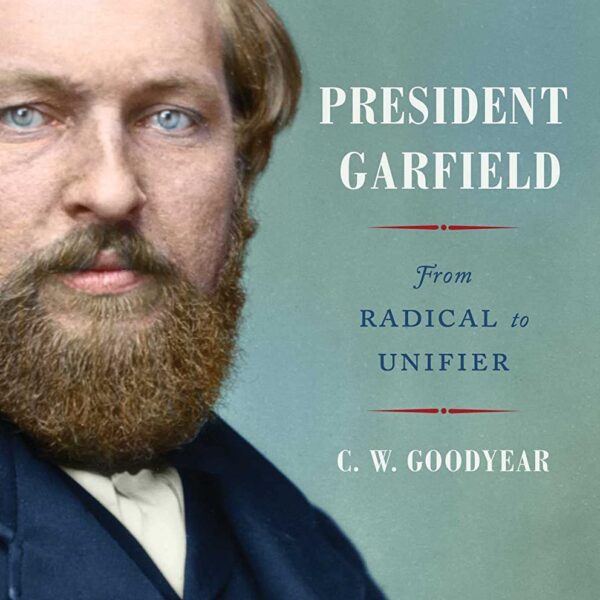Philip Sheridan’s decision to relieve Gouverneur Warren from command of the V Corps following the Union victory at the Battle of Five Forks on April 1, 1865, generated a political controversy that hounded Sheridan in his postbellum career—one that has continued to ripple through time. The army gathered an inquiry into Warren’s dismissal in 1879, issuing a report in 1882 that ruled Sheridan had acted improperly. Ever after, there has been an enduring and intense interest in Sheridan, his conduct with his subordinates, his political consciousness, his relationship to other consequential army commanders like William Tecumseh Sherman and George Armstrong Custer, and his actions in the bloody Indian Wars that stained the West for more than a decade after the Civil War.
Author Wendy Ann Wallace brings this long-running conversation about the contest of personalities among the officers of the Union Army and Grand Army of the West to new heights in The Battle of the Little Bighorn: A New Appraisal. In the first of what will apparently be several new volumes, the author alleges to have uncovered a conspiracy by which Generals William Tecumseh Sherman and Philip Sheridan sent George Armstrong Custer to his death in battle against the Lakota and Cheyenne. The author contends that Custer, beloved by the newspaper-reading public (but hated by military brass and potential political rivals), was sabotaged, undermined, and ultimately abandoned to his death to prevent him from standing for nomination to the presidency in the election of 1876.
The central claim of the book is incredulous on its face, and its credibility is further undermined by a lack of citations and a thin bibliography. The dustjacket to the hardcover proclaims the author’s discovery of new sources revealing the alleged conspiracy, but nowhere within the pages of the book is it made clear what—or, more importantly, where—these new sources are.
The Battle of the Little Bighorn and the broader Sioux War of 1876-1877 are anything but obscure topics. They have invited the interest of historians, journalists, and other writers for more than a century. The archival source base for the Great Sioux War is more picked-over than a field-dressed bison carcass. At times—and even in the very recent past—new sources have indeed been found. Paul Hedren’s extremely well-done Powder River: Disastrous Opening of the Great Sioux War [2016] found new sources about the Reynolds campaign in 1876 that had been previously lost. Nathaniel Philbrick scoured the government record as well as local archives from Kansas to Montana in his research for The Last Stand: Custer, Sitting Bull, and the Battle of the Little Bighorn [2011], uncovering some new insights and documents. And yet, the only conspirators complicit in Custer’s demise that Philbrick discovered were Custer’s own outsized ego, his contempt for the chain of command, and his inscrutable decision-making during his final hours—decisions that bucked the advice of his superiors, his subordinates, and scouts.
Wallace’s short list of sources does not tread beyond the thoroughly plowed and overturned soils of the government record. It is possible she found something that has been missed by every other searcher for a century, but then why is it not clear what that new discovery is? Beyond the alleged conspiracy, there’s nothing else in these pages that challenges or overturns what has already been established by more than a dozen historians and writers who came before her.
Aaron David Hyams teaches U.S. and western history in the Department of History at Sam Houston State University.





